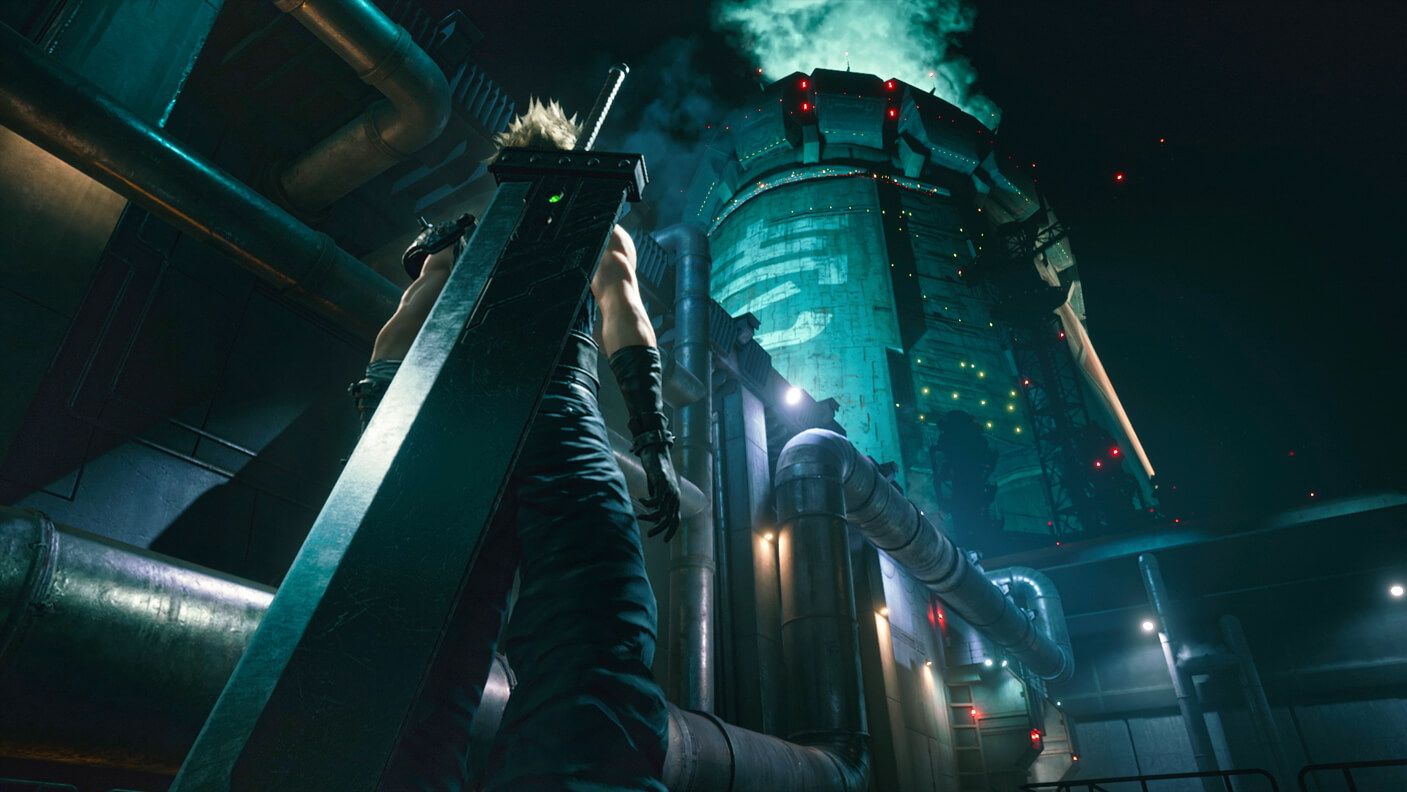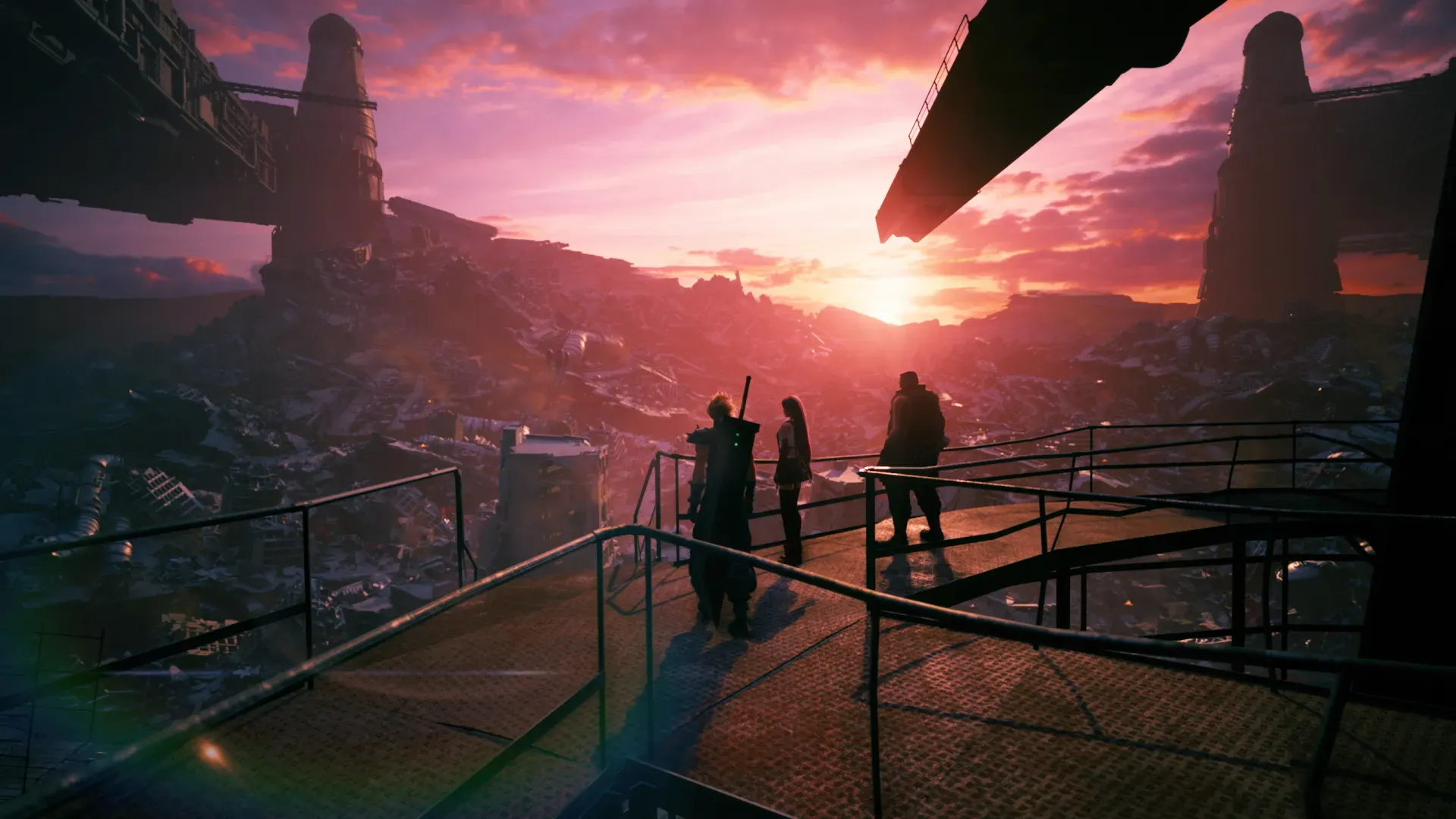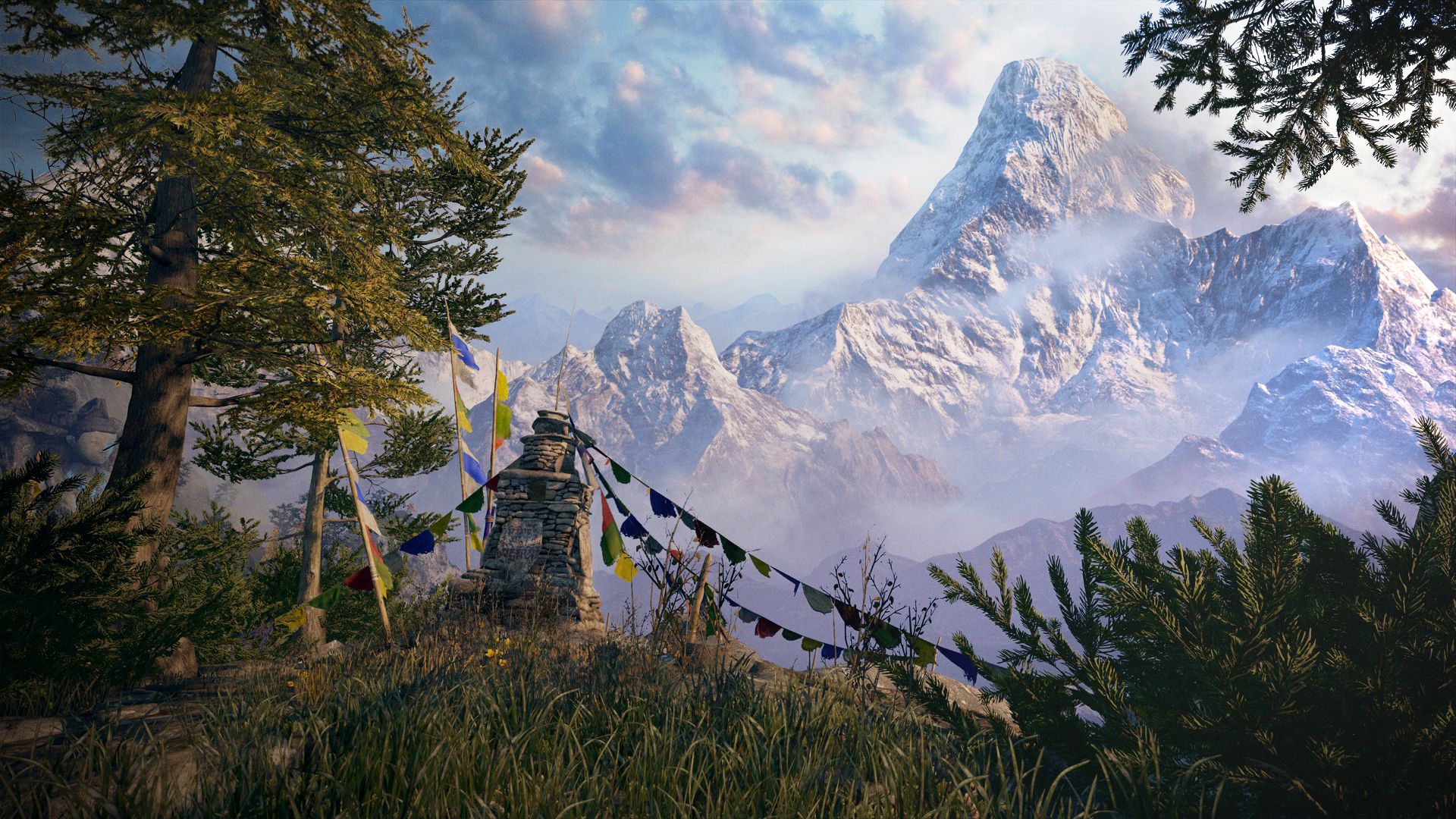What Makes a Great RPG?
There’s no silver bullet, but there are some key ingredients that all great RPGs share

Role-playing games put players in the shoes of one or more characters as they face all sorts of larger-than-life challenges. Many of the early RPGs — at least on console — were developed in Japan. Over time, though, two dominant “styles” of RPG have emerged and they are roughly based on their region of origin: Japanese RPGs (JRPGs) and Western RPGs (WRPGs).
As a genre, the RPG has been through quite a journey, evolving from rather elaborate tabletop experiences to some of the greatest multimedia productions ever made. In fact, their influence has been so great that they have affected the development of other genres.
Action-adventure games, for example, tend to “borrow” their character growth systems from RPGs. It is quite common to see “RPG elements” in a wide range of games, even in genres that are traditionally far-removed from RPGs (for example, first-person shooters like Destiny feature significant RPG elements).
Just think about the vast breadth of the RPG genre. It encompasses everything from Dragon Quest in the late 1980s through to The Witcher 3 and The Elder Scrolls. It could be argued that RPGs have left their mark on the gaming industry more than any other genre. The popularity of RPGs makes sense, too. Within this one genre, you’ll find a wide range of experiences that cater to all kinds of different player tastes.
Let’s dig into that a little further: what makes or breaks a great RPG? What are the core elements that could turn fans away or keep them talking for weeks — or even years — about a certain title?
Story and Plot
I would argue that this is the most important aspect of any self-respecting RPG. If the player is going to be spending upwards of 30–40 hours with a set of characters, they’re going to need to be compelling. Hopefully, they are interesting enough to make players think, “I’d really like to meet these people in real life."
Then there’s the plot. If it doesn’t keep players on the edge of their seats throughout the adventure (if it isn’t full of twists and turns), then it isn’t likely to motivate players to get to the next dungeon or take on the next big battle. The worst thing an RPG can do is fail to hold the player’s interest.
It’s a tremendous challenge for game designers, which is perhaps why the top-tier RPGs are so well-respected. The very best RPGs remain interesting throughout, even as they swing between intense action and quiet reflection. An interesting story, a compelling plot, and a carefully paced adventure are all critical ingredients.

Battle System
Let’s not forget the all-important battle system. In turn-based RPGs, battles are a regular occurrence. They are an event that players will encounter many, many times throughout the game. In this context, it’s important to give players the motivation to keep going. Add in some fancy new abilities or spells as characters level up or give them reasons to search the world around them for shiny new equipment that will allow them to gain an edge in combat.
Personally, when I play a JRPG, I leave no corner of the map unexplored, hoping to find a well-hidden treasure chest. It’s a habit that has stayed with me throughout the years of playing many of these games.
These first two elements — story and battle system — can potentially set any RPG apart from its peers. These two are also crucial and sit at the heart of the experience. Once a developer gets these right, there are other things they can do to further enhance the experience; to take it from being a good game to a great game.


From left to right: Final Fantasy VII Remake (Source: Square Enix.) Far Cry 4 (Source: Xbox One HQ).
Location, Location, Location
Give players different areas to explore and incentivise them to want to see the entire in-game world.
Some developers take this challenge to heart; they’ll travel the world and take in different surroundings well before turning their attention to the design of their new game. That’s obviously expensive and not feasible for most developers, but it’s often a good idea to use real-world references to inform in-game world designs. Designers can use these as starting points and then build on them in all sorts of clever ways through their imagination. RPGs have often played host to some of the wildest cities, spaces, and open-world areas we’ve ever seen.
The Soundtrack
Picture this: the main character has hit a crucial moment in their story. Maybe they’re losing someone they care deeply about, or perhaps they are realising the truth about who they really are. Whatever the situation, the emotional impact the scene has on players is going to be many times greater if there’s a wonderful soundtrack to accompany it.
Aerith’s death scene in Final Fantasy VII would have felt hollow without Nobuo Uematsu’s legendary score. (Sorry for the spoiler, but I figure FFVII is well beyond the spoiler statute of limitations by now.) We can say the same of Final Fantasy X’s To Zanarkand. This was when all seemed lost — it was so memorable and utterly irreplaceable.
Music is one reason why those games lived on in the hearts of fans for so many years.
Of course, great video game soundtracks can be valuable products in and of themselves. They can be sold separately after the game’s release, which is something aspiring developers should keep in mind.
Source: YouTube.
Replay Value
So the main scenario is done. The credits have rolled. None of this means the player's experience needs to end.
Increasingly, RPGs are adding more content post-release (such as new dungeons, quests, weapons, new difficulty modes, new challenges, and many new trophies/achievements). Sometimes, post-credits play can go on for many more hours. Some games may have a main story that ends after 30–40 hours, but the total gameplay time might still climb well over the 150-hour mark thanks to additional content and replayability.
RPGs possess the advantage of providing an ideal setting for developers to tell their own stories. However, if that story isn’t compelling enough, other elements (like great graphics) might not save the day. Understanding what makes a good RPG is important not only for the big AAA studios but also for indie creators (there have been many excellent RPGs created by indie studios, and that trend certainly seems likely to continue).
The elements I’ve described above are all the key ingredients to a great RPG. If developers can get them right and balance them effectively, they’re more likely to create an experience that will stay with players for years into the future.